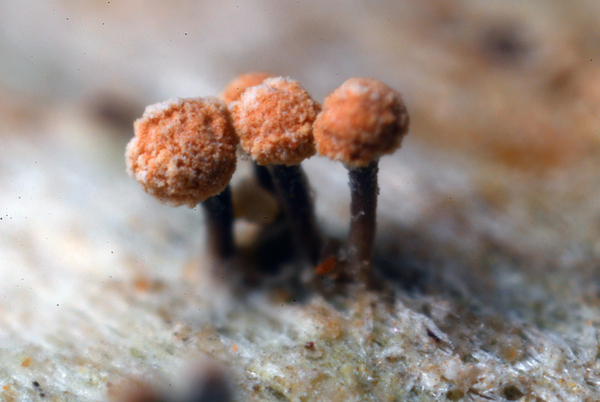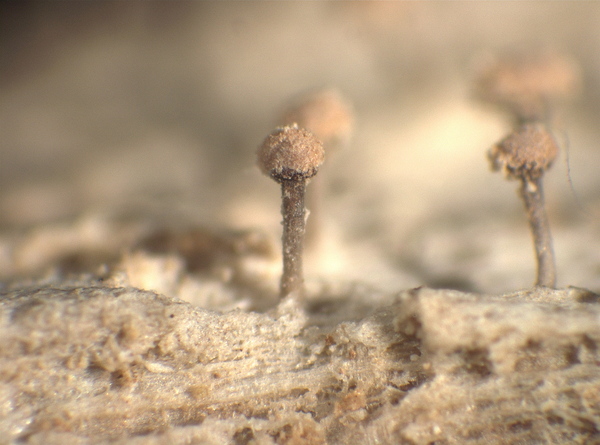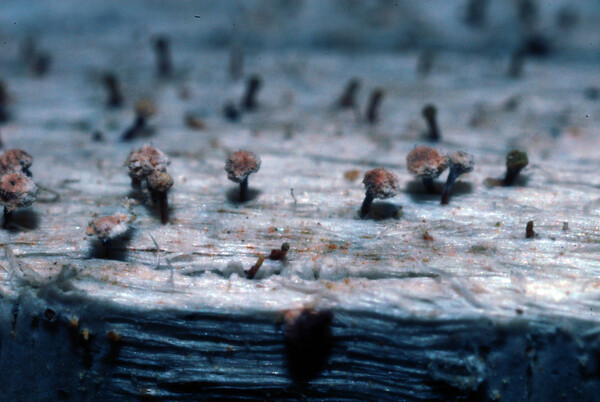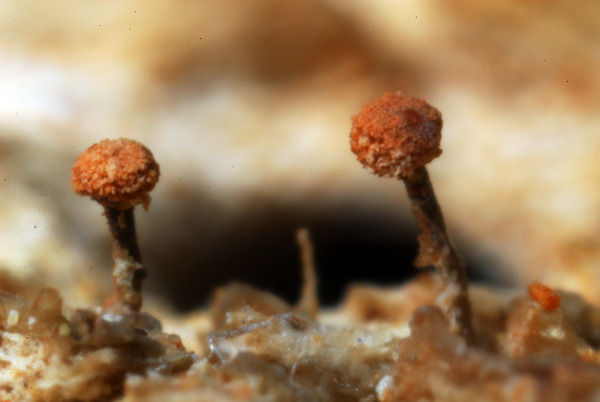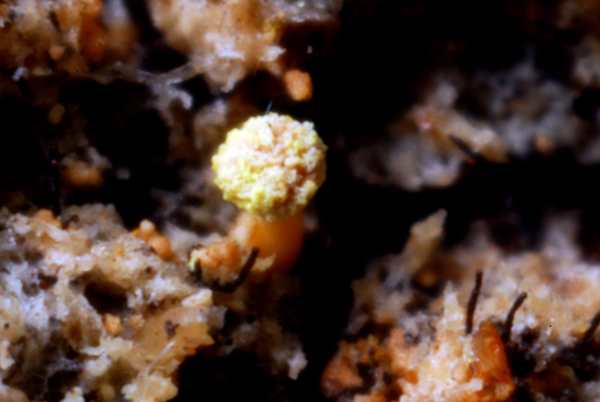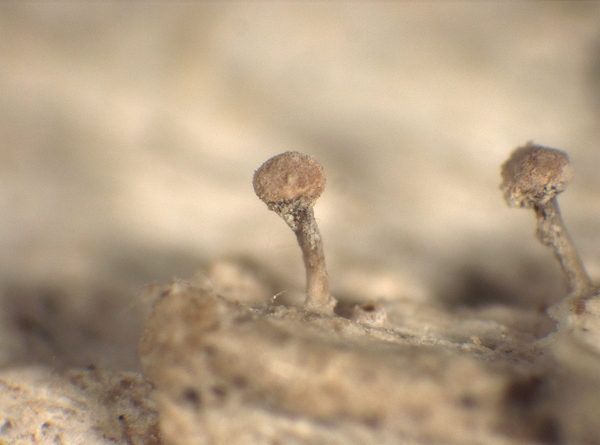Sclerophora peronella (Ach.) Tibell
Beih. Nova Hedwigia, 79: 679, 1984. Basionym: Lichen peronellus Ach. - Lichenogr. Suec. Prodr.: 84, 1799.
Synonyms: Coniocybe hyalinella Nyl.; Coniocybe peronella (Ach.) Tibell; Roesleria hyalinella (Nyl.) Sacc.
Distribution: C - Tosc (Puntillo & Puntillo 2009), Marc (Nimis & Tretiach 1999, Puntillo & Puntillo 2009), Abr (Di Santo & Ravera 2012, Corona & al. 2016). S - Camp (Aprile & al. 2003b), Bas (Puntillo & Puntillo 2009, Puntillo & al. 2012), Cal (Puntillo 1994, 1996, Amo & Burgaz 2004, Puntillo & Puntillo 2009).
Description: Thallus crustose, endosubstratic, poorly evident. Apothecia stalked, pin-like, 0.5-0.8 mm high, the stalk 0.06-0.12 mm thick, pale grey to pale brown, epruinose, consisting of hyaline, non-sclerotized, periclinally arranged hyphae, yellowish red in inner part, with a hyaline outer layer, the darker inner part visible in the wet state. Capitulum hemispherical to lenticular, 0.2-0.3 mm across, when young faintly yellow-pruinose (the pruina reacting K-), when mature with a pale flesh-coloured to ochraceous, white-pruinose mazaedium, often cracking irregularly when dry. Exciple not forming a basal collar, consisting of irregularly intertwined hyphae, the surface covered with a 3-4 µm thick, amorphous, yellowish red layer; hypothecium yellowish red, with a convex upper surface. Asci cylindrical or cylindrical-clavate, formed singly and dissolving early, without apical structures, with 1-2-seriately arranged ascospores. Ascospores 1-celled, globose, hyaline, 3-3.5(-4) µm wide, with a smooth to faintly and irregularly cracked wall. Photobiont trentepohlioid. Spot tests: all parts of the ascomata including the yellow pruina K-, C-, KC-, P-. Chemistry: thallus without lichen substances.Note: on bark and lignum of mature broad-leaved trees, often forming monospecific stands; Italian records are recent, but the species is probably declining. It was included in the Italian red list of epiphytic lichens as “Vulnerable” (Nascimbene & al. 2013c).
Growth form: Crustose
Substrata: bark and lignum
Photobiont: Trentepohlia
Reproductive strategy: mainly sexual
In underhangs rarely wetted by rain
Commonnes-rarity: (info)
Alpine belt: absent
Subalpine belt: absent
Oromediterranean belt: absent
Montane belt: very rare
Submediterranean belt: absent
Padanian area: absent
Humid submediterranean belt: absent
Humid mediterranean belt: absent
Dry mediterranean belt: absent
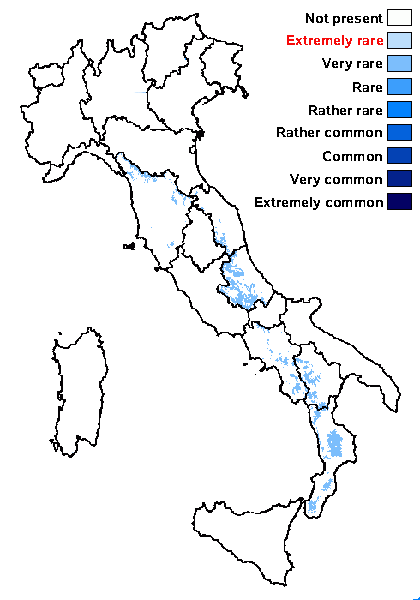
Predictive model
Herbarium samples
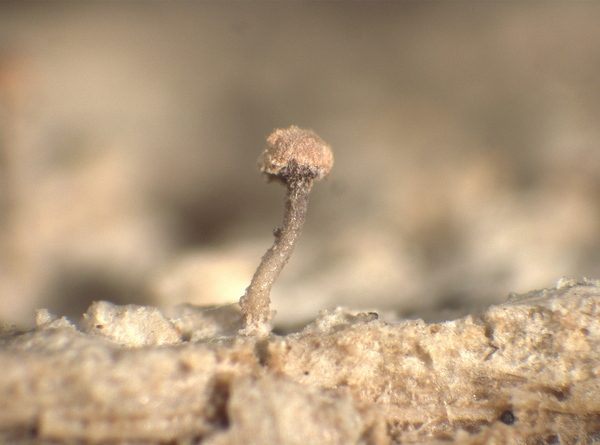

E. Pittao; Owner: Department of Life Sciences, University of Trieste
Herbarium: TSB (30831)
2008.03.10
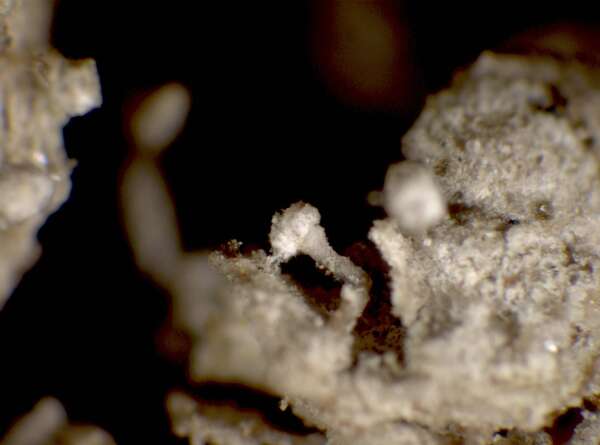

P.L. Nimis; Owner: Department of Life Sciences, University of Trieste
Herbarium: TSB (12481)
2001/11/30
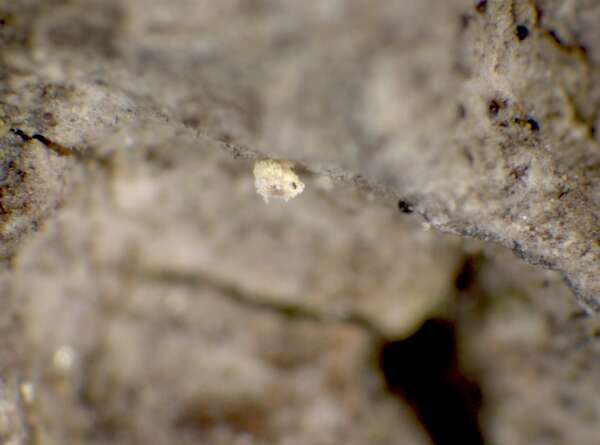

P.L. Nimis; Owner: Department of Life Sciences, University of Trieste
Herbarium: TSB (24167)
2001/11/30


E. Pittao; Owner: Department of Life Sciences, University of Trieste
Herbarium: TSB (12841)
2008.03.10
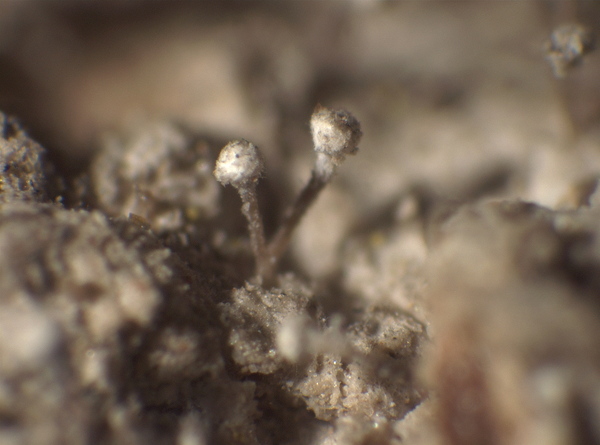

E. Pittao; Owner: Department of Life Sciences, University of Trieste
Herbarium: TSB (12841)
2008.03.10
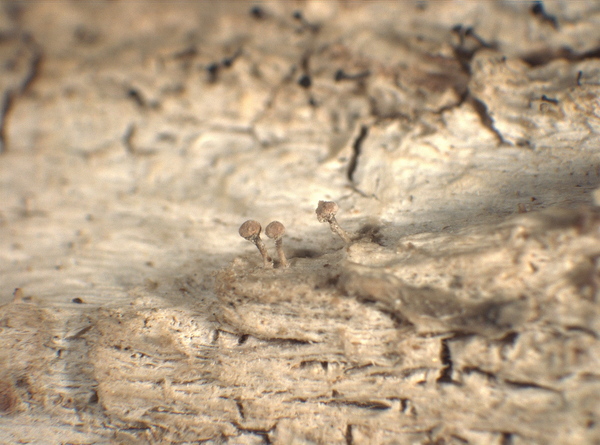

E. Pittao; Owner: Department of Life Sciences, University of Trieste
Herbarium: TSB (30831)
2008.03.10
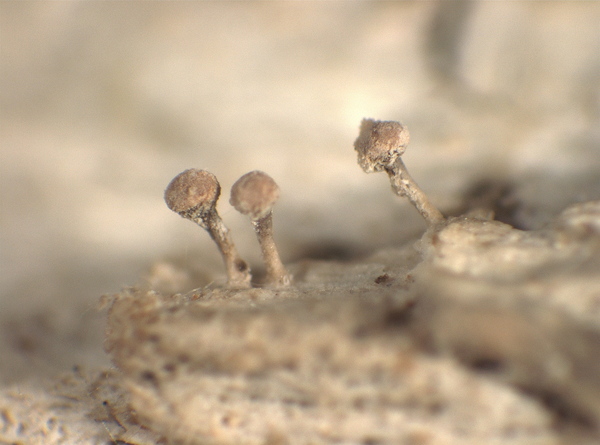

E. Pittao; Owner: Department of Life Sciences, University of Trieste
Herbarium: TSB (30831)
2008.03.10
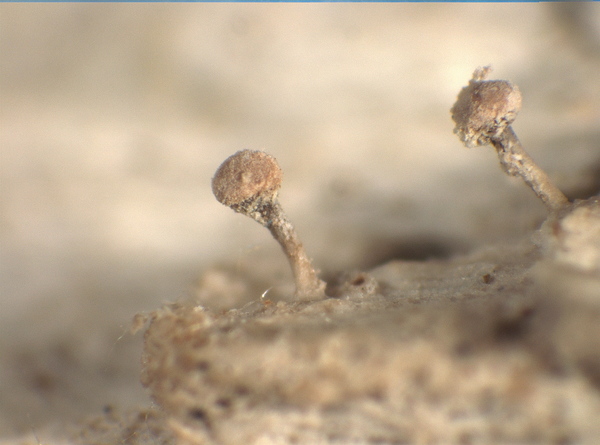

E. Pittao; Owner: Department of Life Sciences, University of Trieste
Herbarium: TSB (30831)
2008.03.10
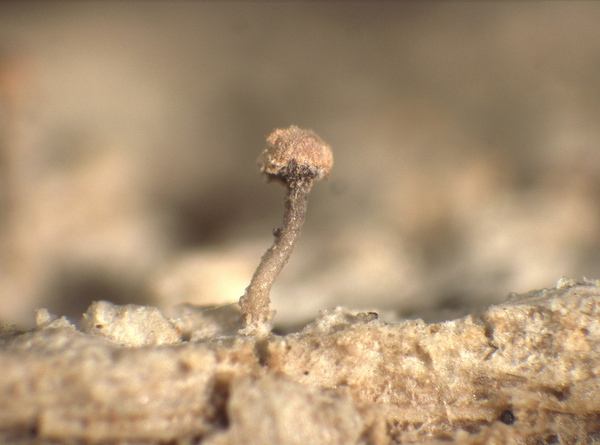

E. Pittao; Owner: Department of Life Sciences, University of Trieste
Herbarium: TSB (30831)
2008.03.10
Growth form: Crustose
Substrata: bark and lignum
Photobiont: Trentepohlia
Reproductive strategy: mainly sexual
In underhangs rarely wetted by rain
Commonnes-rarity: (info)
Alpine belt: absent
Subalpine belt: absent
Oromediterranean belt: absent
Montane belt: very rare
Submediterranean belt: absent
Padanian area: absent
Humid submediterranean belt: absent
Humid mediterranean belt: absent
Dry mediterranean belt: absent

Predictive model
| Herbarium samples |


E. Pittao; Owner: Department of Life Sciences, University of Trieste
Herbarium: TSB (30831)
2008.03.10


P.L. Nimis; Owner: Department of Life Sciences, University of Trieste
Herbarium: TSB (12481)
2001/11/30


P.L. Nimis; Owner: Department of Life Sciences, University of Trieste
Herbarium: TSB (24167)
2001/11/30


E. Pittao; Owner: Department of Life Sciences, University of Trieste
Herbarium: TSB (12841)
2008.03.10


E. Pittao; Owner: Department of Life Sciences, University of Trieste
Herbarium: TSB (12841)
2008.03.10


E. Pittao; Owner: Department of Life Sciences, University of Trieste
Herbarium: TSB (30831)
2008.03.10


E. Pittao; Owner: Department of Life Sciences, University of Trieste
Herbarium: TSB (30831)
2008.03.10


E. Pittao; Owner: Department of Life Sciences, University of Trieste
Herbarium: TSB (30831)
2008.03.10


 INDEX FUNGORUM
INDEX FUNGORUM
 GBIF
GBIF
